Dental Careers in Alberta: Why demand for skilled assistants is growing
Understanding the post-pandemic surge, rising oral-health awareness, and rural workforce needs in Alberta
The dental field has undergone major shifts in the years following the COVID-19 pandemic, and one clear trend has emerged: the demand for skilled dental assistants is rising across Alberta. From increased patient volumes to growing gaps in rural service delivery, employers are actively seeking qualified professionals who can support both clinical and administrative operations in modern dental practices.
Here’s a closer look at the key factors driving this growing demand.
- Post-Pandemic Recovery Is Fueling a Surge in Dental Care Needs
For nearly two years during the height of the pandemic, many Albertans delayed dental checkups, cleanings, and elective procedures. As restrictions lifted, clinics across the province experienced:
A significant backlog of patients
Hundreds of thousands of routine appointments were postponed. This led to a spike in demand as people sought to return to preventive care or undergo treatment for issues that worsened during delays.
Increased appointment volumes
Many dental practices are now busier than pre-pandemic levels as they work through accumulated patient needs while accommodating new bookings.
A need for stronger clinical support teams
To manage this surge efficiently, clinics rely heavily on dental assistants who can support chairside procedures, sterilization protocols, patient preparation, and digital recordkeeping.
As clinics continue adapting to higher volumes and more complex patient needs, qualified dental assistants remain essential to helping practices operate smoothly and safely.
- Oral Health Awareness Is Growing Among Albertans
In recent years, there has been a notable shift in how Albertans view oral health. Greater awareness (driven by public health campaigns, employer benefits, and better access to information) has contributed to increased demand for dental services.
Key drivers of this awareness include:
Links between oral health and overall health
More Albertans understand the connection between oral health and chronic conditions like heart disease, diabetes, and gum disease.
Increased focus on preventive care
Patients are scheduling cleanings, fluoride treatments, and exams more regularly to avoid higher-cost dental problems later.
Importance of cosmetic dentistry
Whitening, orthodontics, and other aesthetic services continue to grow in popularity, creating a larger range of tasks for dental assistants.
Digital communication & education
Social media, dental apps, and online resources have made oral health guidance more accessible and actionable.
As public expectations increase, dental teams require skilled assistants who can support both clinical procedures and patient education—areas where well-trained dental assistants shine.
- Alberta’s Rural and Remote Communities Face Critical Staffing Shortages
While major centres such as Calgary and Edmonton show strong employment activity, the highest need for dental assistants is often found outside large cities. Many rural and northern communities face:
Limited access to qualified dental staff
Smaller towns may have only one or two clinics. When practices struggle to hire trained assistants, they may reduce services or extend wait times.
Higher demand for multi-skilled assistants
Rural clinics often need professionals who can take X-rays, assist chairside, manage sterilization, support front-desk duties, and perform expanded-skills tasks.
Growing populations in regional areas
Communities surrounding Calgary and Edmonton continue to expand, creating new dental service demands.
Competitive wages to attract talent
Some rural employers offer higher wages, relocation incentives, or expanded responsibilities to recruit qualified assistants.
For new graduates, these communities represent excellent opportunities for stable employment, faster advancement, and broader practical experience.
- An Evolving Dental Industry Means New Skills and New Roles
Beyond clinical growth, dental practices are shifting toward more technology-driven care. Modern dental assistants are increasingly expected to have skills in:
- Digital imaging and radiology
- Electronic charting and digital workflow systems
- Infection control and sterilization leadership
- Patient education and customer service
- Orthodontic, prosthodontic, and surgical assisting (depending on the clinic)
These expanded responsibilities make trained and certified dental assistants even more valuable in today’s market.
Conclusion: A Promising Career Path in a Growing Field
Between post-pandemic patient surges, expanding public awareness, and strong rural and regional demand, dental assisting remains one of Alberta’s most dependable health-care career paths. The province continues to seek trained, certified professionals who can support the evolving needs of dental practices and deliver high-quality patient care.
For individuals considering this career, now is an excellent time to pursue training and enter the workforce. Demand is strong, opportunities are diverse, and the role continues to expand with new technologies and patient expectations.




